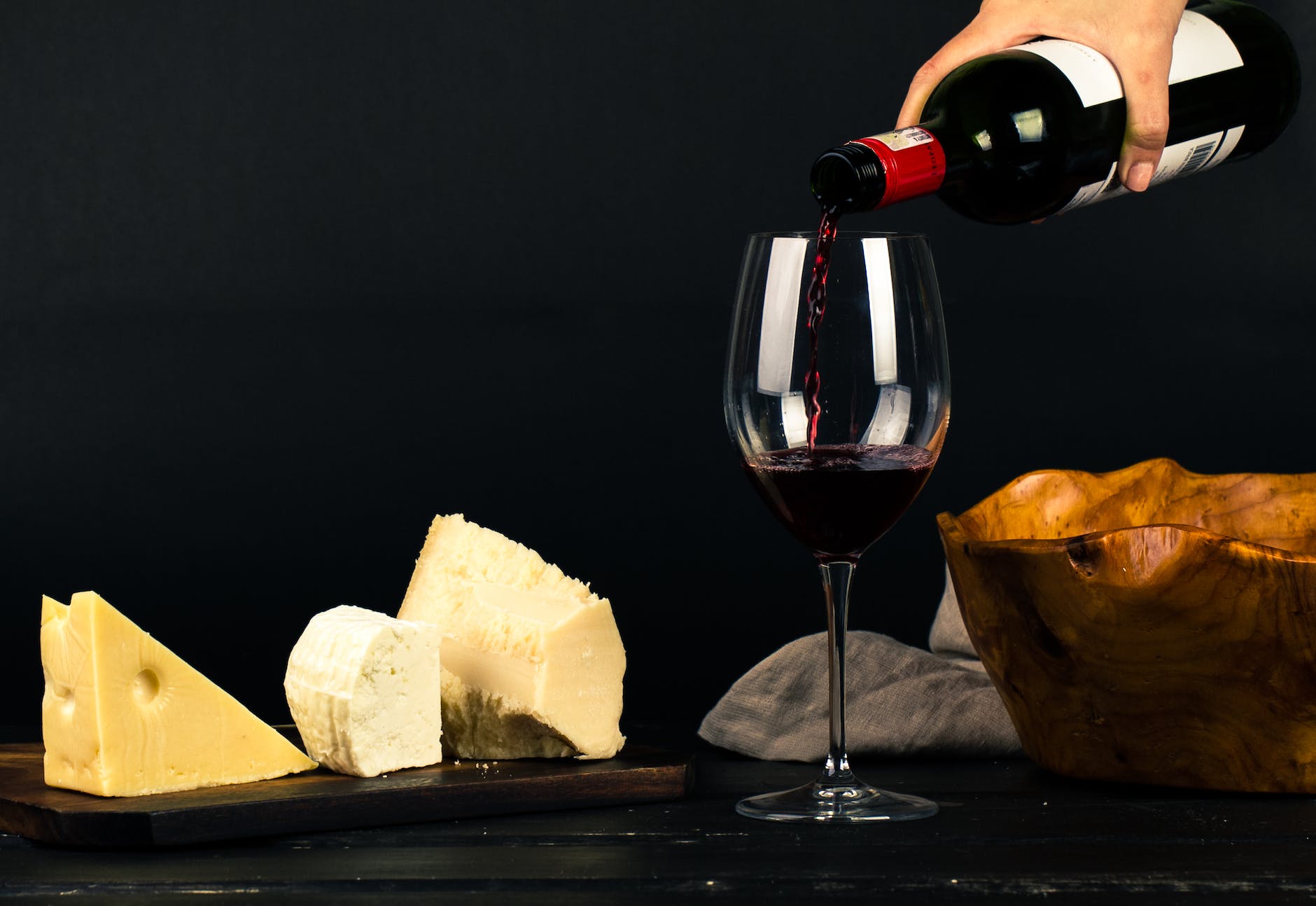
By Elizabeth Schweitzer
As we embark on, or continue, the wine journey, it helps to have some understanding of the wine jargon and the special language of the wine world.
Let ‘s start with A for alcohol, which is the result of the fermentation process in which yeast transforms the sugar in ripe grapes into ethanol (alcohol). Remember chemistry class?
ABV (alcohol by volume) is the standard measure of how much alcohol, percentage-wise, is in a given amount of a liquid. It is the number of milliliters of pure alcohol in 100 milliliters of a beverage. Wines range in alcohol content from 5% (Moscato, Prosecco, Vinho Verde, Riesling) to 23% (Madeira, port, sherry and sake.)
The average ABV for wine is 11.5% to 12.5% (French Champagne, Bordeaux, Rioja, Spanish Cava, Sauvignon Blanc).
High alcohol, 13.5% to 14.5% is typical of California Cabernet Sauvignon and Chardonnay, Argentine Malbec, Syrah and Zinfandel, though Zinfandel often can soar above 15%.
‘A’ is also for acid — tartaric, malic and citric. Acid is the backbone in every wine. The acidity balances out the sweet and bitter components of the wine. Acid levels are measured by a logarithmic pH scale and most wines range from 2.5 to 4.5 pH (7 is a neutral pH). High acidity in a wine, such as Sauvignon Blanc, Albariño and Pinot Noir, will taste crisper and more tart. High acidity will make your mouth water.
Wines with low acid (Cabernet Sauvignon, Merlot, Grenache) will feel soft and round on your palate. Acidity is the secret to a long-aging wine. Sauternes, for example, is a wine with both high acidity and sweetness and is capable of aging for decades. Great wines are in balance with their four major components: alcohol, acidity, tannin and sweetness.
Now, let’s step away from the techy terms.
‘A’ is for Airén (eh-rahn). Airén is the most planted white grape in the world. Surprise! Although Chardonnay is planted in more than 40 countries, Spanish Airén is grown mainly in Spain. It has low acid and citrus flavors and is mostly used in the production of Spanish brandy. They have been making brandy in Spain since the 8th century and today the nation produces about 80 million bottles of brandy a year. There are bottlings of Airén blended with Viura, Sauvignon Blanc and Verdejo, while Lussory makes a non-alcoholic wine with Airén.
‘A’ is also for Amarone (ah-mah-row-nee), a wine made in Veneto, Italy, specifically, from the province of Valpolicella, from the partially dried grapes of Corvina with Rondinella and other approved grapes. The name Amarone translates to “great bitter.” The ripe grapes are left to dry on straw mats for about 120 days, then they are fermented and aged in large oak casks. The final result is a very powerful, ripe, luxurious and full-bodied wine with low acidity and high alcohol.
Until next time … cheers!

Liz’s Wine Picks
Save a Little: Albarinho Martin Codax, Rias Baixas, Spain. Martin Codax was a 13th century troubadour whose romantic songs are still sung locally. This wine is crisp and elegant with notes of pear, apple and melon. It is bright and un-oaked and a perfect example of this varietal. Try it with apricots and Spanish cheese, steamed mussels, Asian food with ginger and empanadas. Under $20.
Spend a Little: Amarone della Valpolicella Zenato Classico. Dark red color. Aromas of dried fruits, perfume, roses, figs and blackberries. Silky, complex, full-bodied, lots of personality, with flavors of cassis, truffles, dark chocolate, mixed berries, some herbs and a long lingering finish. It is best served with stews, earthy dishes, braised meat or strong cheese. $70 to $80.

















